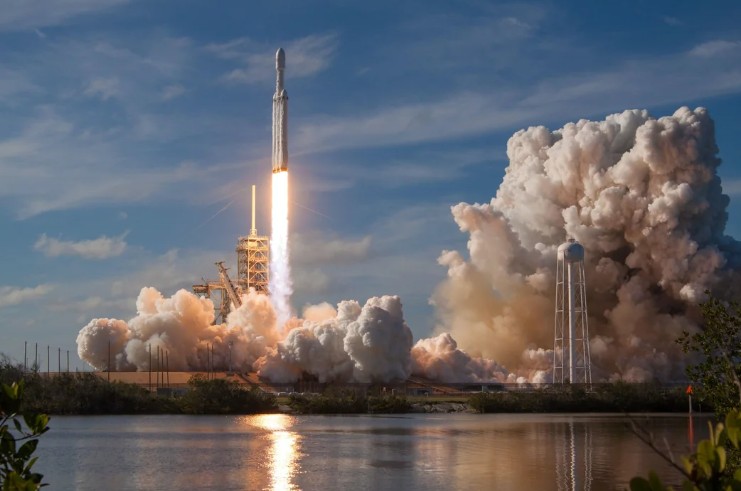SpaceX Starship Achieves 11th Test Flight as Lunar and Martian Ambitions Advance
SpaceX has successfully completed the 11th test flight of its Starship rocket system, signalling another milestone in the company’s drive towards Moon and Mars operations.
The colossal Starship, piled atop the Super Heavy supporter, lifted off from SpaceX’s Starbase launch point at 623 p.m. original time.
Moments after transferring the Starship into route, the supporter returned to Earth, performing a controlled descent and wharf vocally in the Gulf of Mexico.
Masterminds tested a new machine configuration before the supporter tone was destroyed, as planned.
This flight followed the August mission, which marked a turning point after a series of earlier failures. During the test, mock Starlink satellites were deployed, the engines briefly reignited in orbit, and innovative heat-shield tiles were trialled on reentry, with the Starship eventually splashing down near Western Australia.
Splashdown confirmed! Congratulations to the entire SpaceX team on an exciting eleventh flight test of Starship! pic.twitter.com/llcIvNZFfg
— SpaceX (@SpaceX) October 14, 2025
Acting NASA Administrator Sean Duffy praised the mission: “Another major step toward landing Americans on the Moon’s south pole.”
SpaceX has revealed that upcoming launches will feature a more advanced Starship prototype.
The upgraded model includes docking adapters and systems for orbital refuelling, a delicate manoeuvre in which two Starships connect in space to transfer hundreds of tons of cryogenic propellant.
“This is the vehicle that could take humans to the Moon and Mars,” SpaceX President Gwynne Shotwell stated at a Paris conference last month. She added that the improved prototype could fly by late this year or early next.
Meanwhile, Elon Musk anticipates a refuelling demonstration with two Starships in 2026, a time later than NASA had originally hoped.
Orbital refuelling is just one of several essential tests before Starship can carry astronauts to the lunar surface, a charge presently targeted for 2027.
Under SpaceX’s proposed plan, multiple tanker breakouts will be necessary to completely fuel a single Starship for a Moon wharf.
The programme is part of a USD 3 billion NASA contract awarded to SpaceX in 2021 under the Artemis action, which aims to return humans to the Moon for the first time since 1972.
Progress with Starship has also boosted the ultramodern space race, particularly with China, which is planning its own crewed lunar mission by 2030.
Despite these advances, a NASA safety panel recently advised that delays in developing Starship’s lunar lander factors could impact the US Moon charge timeline. Achieving a successful lunar touchdown remains a high- precedence thing for SpaceX.
At the same time, Starship, formerly the most important rocket ever erected, plays a crucial part in planting heavier Starlink satellites, helping expand SpaceX’s global broadband network.
Beyond orbital dispatches, the rocket forms the backbone of Elon Musk’s vision to transport humans and cargo to Mars in the decades ahead.
SpaceX’s Starship programme continues to push the boundaries of space exploration, combining audacious engineering with practical testing, bringing humanity near to the Moon and Mars than ever ahead.






